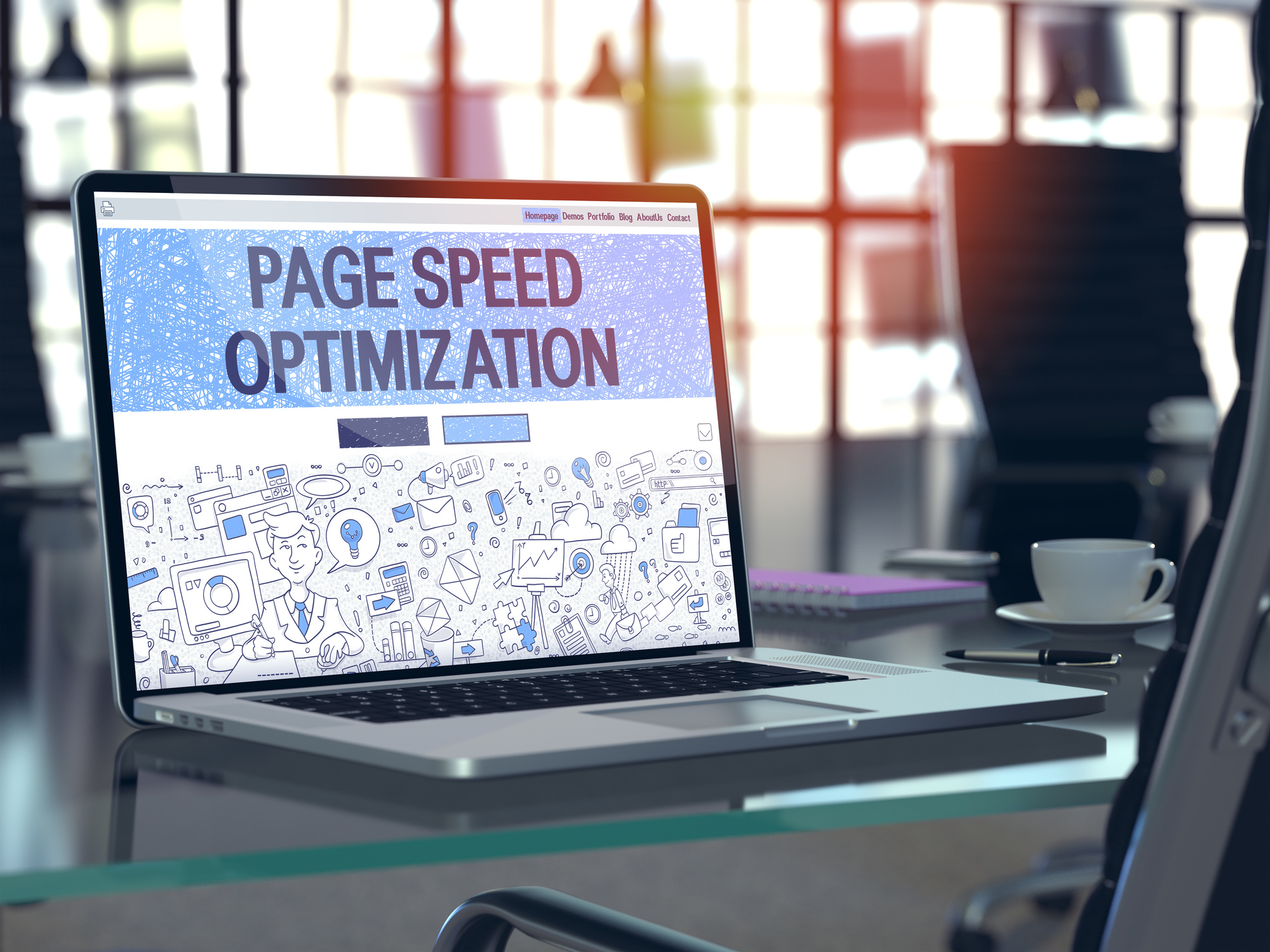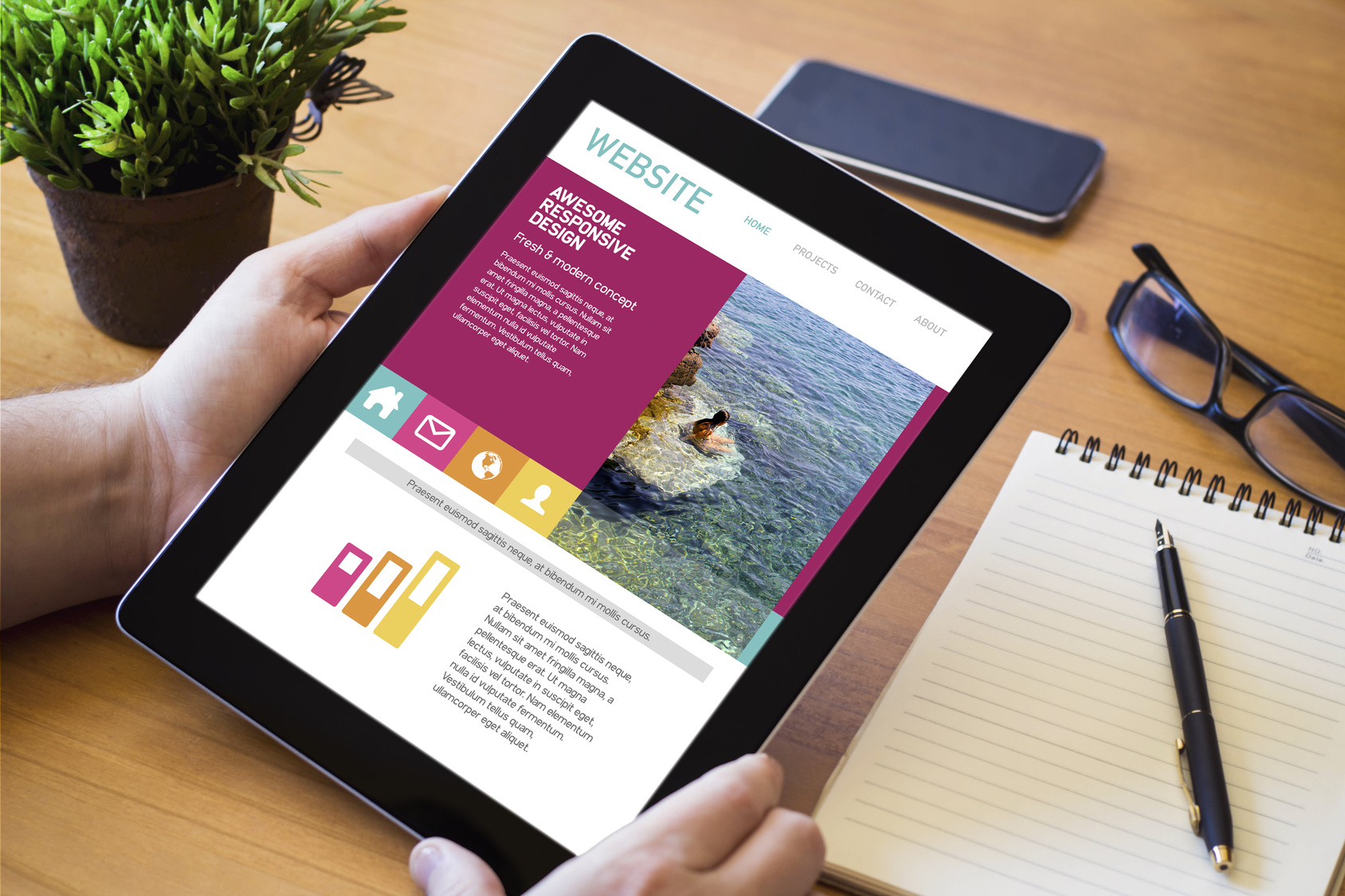Nearly half of all consumers report not being able to wait more than three seconds for a site to load.
If you’ve got a great site with lots of beautiful content, you could be asking users to wait for your large graphics and video files. Without a speed optimizer, you could be leaving visitors waiting a tad too long for your content.
Ensuring your content loads quickly is also good for SEO. Search engines reward fast loading sites with higher search result rankings. If you’re not getting the traffic you’re looking for, a speed optimizer could help.
If you’re still not sure whether or not to try a speed optimizer, here are 8 more reasons why you should start using one today.
1. Fewer Server Requests
Most of your load time is spent when browsers try to get all of the parts of your website together. With all of the images, stylesheets, scripts, and more complicated elements of your page, you could keep your visitors waiting too long.
You can improve your site speed by using CSS over images whenever it’s possible, combining multiple stylesheets together, and reducing scripts. A speed optimization tool can help with this.
Go for a lean design. Too many elements can make your site seem cluttered and overwhelm your visitors. The fewer elements you have, the fewer requests browsers will need to make and the faster your site can load.
2. Lower Response Times
Your speed optimizer tool can tackle long response times. Ideally, you should be getting responses under 200ms.
Speed optimization tools will monitor traffic and check for bottlenecks. They will sometimes recommend ways of speeding up your site without losing any of your quality content.
If you can’t seem to lower your server response times, consider working with another host or installing to your own on-site server. The last thing you need is for your e-commerce site to fail without a speed optimizer.
3. Smart Compression
Tools that focus on optimizing speed will find ways to compress your data without losing quality. Large images and media files can take a while to load and slow down your site. Speed optimization tools will help reduce the bandwidth needed to load your site by slight compressing files.
Since most browsers now support Gzip, optimization tools will compress files in that format as part of an automated routine. This can speed up your download times by up to 70%.
4. Browser Caching
Speed optimizing tools will make use of browser caching in order to temporarily store items for the next visit. If your site demands repeat visits or regular engagement, placing these components in a user’s browser cache can lower load time by 70%.
While a majority of your visits will come from users with an empty cache, placing elements in storage will speed up their next visit. Different elements could have different lifetimes but generally, they should last for approximately a week.
You’re allowed to set cache lifetime up to one year.
5. Resources Can Be Minified
Whenever you use a tool to optimize speed, you can bet it’s going to try to compress your code whenever possible. Minifying your code allows it to load quicker and take up less space.
Minified code is free of space, line breaks, and indentations. This can be applied to CSS, HTML, and Javascript. This process can be automated and comes standard with most speed optimizing tools.
6. Optimized Images
Speed optimizer tools can help with your images — even if your site is image-heavy like this one fore selling used gym equipment — but be sure that you’ve set your tool up for success.
If you need your image to be 500px wide, ensure that your file is that width. Uploading a much larger image and telling your code to display a smaller version will slow down your load times.
If there are image comments, remove them. Resizing all of your images will allow your optimizer to pull images quickly and display them in the blink of an eye.
7. Optimized CSS
Your CSS files tell a browser how your page will look. While there are some cases where you might need to add inline CSS into your HTML, your speed optimizer will be much happier with an external sheet.
Your optimizer can take this sheet and load your styles smoothly and easily while assets are being requested from the server where your site is located. Having a single style sheet is preferable because then you’ll only be required to make one request.
A speed optimizer will work better with cleaner code so be sure you’ve written great code. With clean code, your optimizer will serve styles up quickly and without hiccups.
8. Eliminate Redundant Plug-ins
A quality speed optimization tool will alert you if there are redundant or unused plug-ins in your code. Loading duplicate plug-ins will slow down your site loading times for no good reason.
Knowing if a plug-in is deprecated is an essential as well. There could be old plug-ins that are dragging on the performance of your website. A speed optimization tool will let you know where the issues could be and help you to address them.
Plug-ins could also create security issues so for the fastest and most secure site, use a speed optimizer.
A Speed Optimizer Will Help You Win and Keep Customers
Once you’ve got a customer on your site, you’ve won half of the battle. Out of the field of other competitors in your industry, they chose to work with your company. Now it’s time to wow them with your site speed and cool features.
Failing to deliver in a timely manner could cost valuable clientele.
If you want to make sure you’re always prepared for whatever traffic comes your way, contact us to make sure your site speed is always at peak performance.




